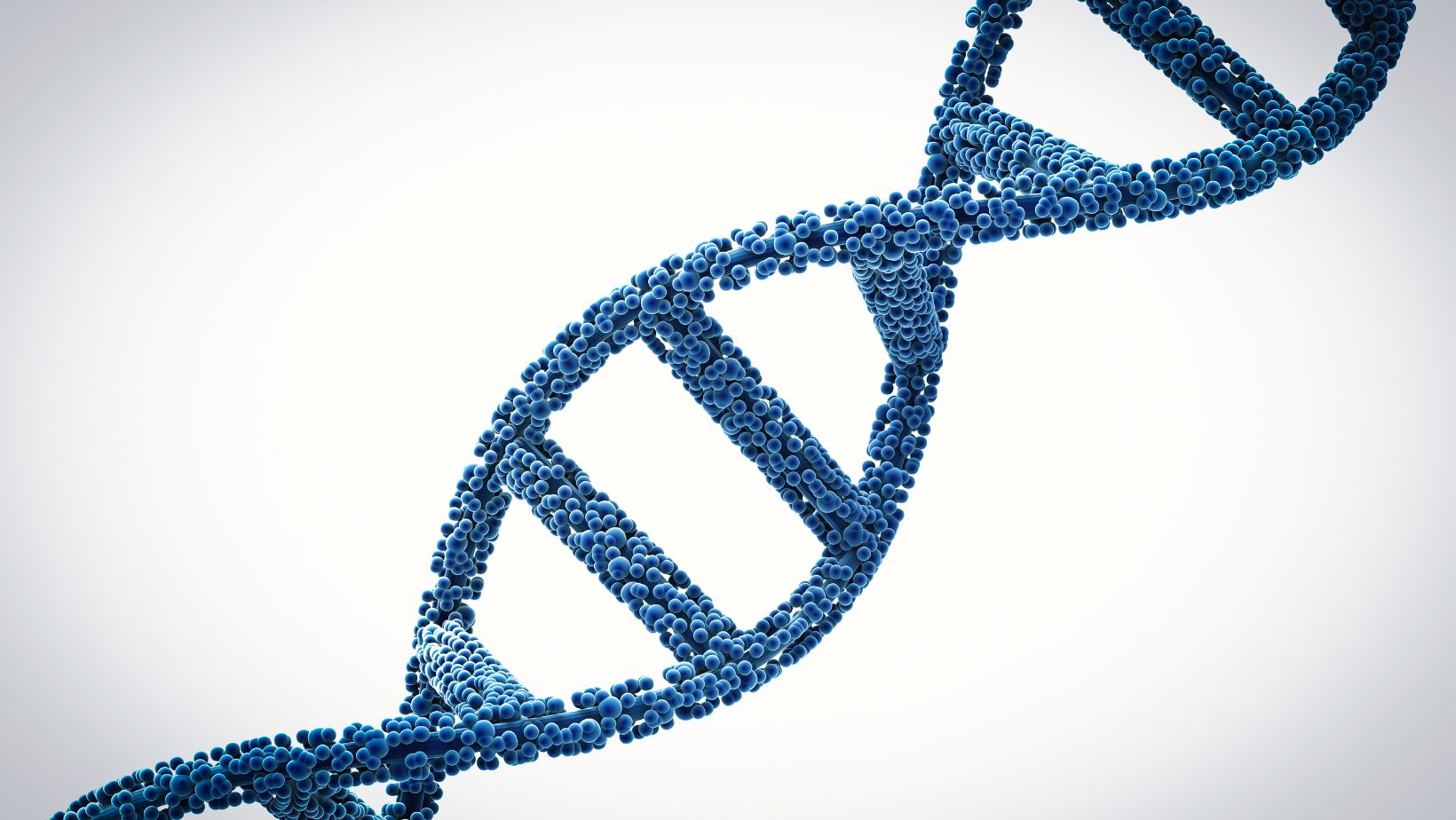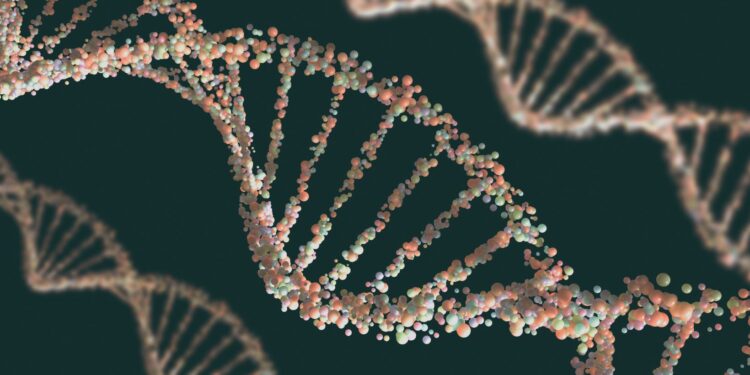The Correct Structure of DNA Monomers Can be Presented as
I’ve always been fascinated by the intricate world of genetics and the fundamental building blocks of life. One of the most crucial aspects in this field is the correct structure of DNA. It’s not just a matter of scientific curiosity, but it holds immense significance in understanding our genetic makeup and how it influences our traits and characteristics. In this article, I’ll delve into the importance of maintaining the proper structure of DNA and how any alterations can have profound effects on our health and well-being.
When it comes to genetics, the structure of DNA is the key to unlocking the mysteries of life itself. The double helix structure, discovered by Watson and Crick in 1953, is like a blueprint that carries all the instructions for the development and functioning of every living organism. It’s truly remarkable how this seemingly simple arrangement of nucleotides can encode such vast amounts of information. In the following paragraphs, I’ll explore the significance of this structure in more detail and shed light on its implications for various aspects of biology and medicine.
The correct structure of DNA is not just essential for individual organisms, but it also plays a vital role in the evolution and diversity of species. Any changes or mutations in the DNA structure can result in variations that may have significant consequences. Understanding these variations can provide valuable insights into the evolutionary processes and how different species have adapted to their environments over time. Furthermore, studying the correct structure of DNA can help us uncover the genetic basis of diseases and develop targeted treatments. In the next sections, I’ll discuss some of the specific areas where the correct DNA structure is of utmost importance.
The Discovery of DNA
In understanding the significance of the correct structure of DNA, it is essential to explore its discovery. The discovery of DNA, short for deoxyribonucleic acid, is a milestone in the field of genetics and biology. It was a groundbreaking moment that revolutionized our understanding of heredity and paved the way for numerous scientific advancements.
The journey to uncovering the structure of DNA began in the early 1950s, with the contributions of multiple scientists. One of the most notable names in this field is James Watson and Francis Crick, who are credited with proposing the double helix structure of DNA in 1953. Their model provided a clear visual representation of DNA’s structure, with two intertwined strands forming a twisted ladder-like shape.
This groundbreaking discovery was built upon the work of other scientists, including Rosalind Franklin and Maurice Wilkins, who had obtained crucial X-ray diffraction images of DNA fibers. These images provided valuable insights into the helical nature of DNA, confirming the validity of Watson and Crick’s model.
The discovery of DNA’s correct structure has had profound implications in various fields. From a biological standpoint, it has deepened our understanding of genetics, inheritance, and the mechanisms underlying the development and functioning of living organisms. It has allowed us to decipher the genetic code, uncovering the instructions that dictate the synthesis of proteins and ultimately influence our traits and characteristics.

Understanding the Structure of DNA
The structure of DNA plays a crucial role in our understanding of genetics and the development of living organisms. It serves as a blueprint that contains all the instructions necessary for the functioning and growth of every living being. Let’s delve deeper into the significance of understanding the correct structure of DNA.
The Double Helix Structure: A Visual Representation
One of the most significant breakthroughs in the field of genetics was the discovery of the double helix structure of DNA. This groundbreaking finding, pioneered by scientists such as James Watson and Francis Crick, provided a clear visual representation of DNA’s structure. The double helix consists of two intertwined strands, resembling a twisted ladder, with the bases forming the rungs and the sugar-phosphate backbone forming the sides. This structure allows the DNA molecule to replicate itself and pass on genetic information accurately during cell division.
Genetic Code and Protein Synthesis
Understanding the correct structure of DNA is essential for deciphering the genetic code. The DNA molecule is made up of four different nucleotides, each containing a nitrogenous base (adenine, thymine, cytosine, or guanine), a sugar molecule, and a phosphate group. The sequence of these bases along the DNA molecule determines the genetic information encoded within it. Through a process called transcription, this information is transcribed into a complementary RNA molecule, which then undergoes translation to synthesize proteins. The precise arrangement of the bases in DNA is crucial for the accurate transfer of genetic information and the synthesis of proteins necessary for various cellular processes.
The correct understanding of DNA’s structure has profound implications in various fields. In biology, it helps us comprehend the mechanisms underlying genetic inheritance and the development of organisms. In medicine, it aids in the diagnosis and treatment of genetic disorders, as well as the development of personalized medicine and gene therapies. Additionally, the study of DNA has revolutionized our understanding of evolution and the relationships between different species.














